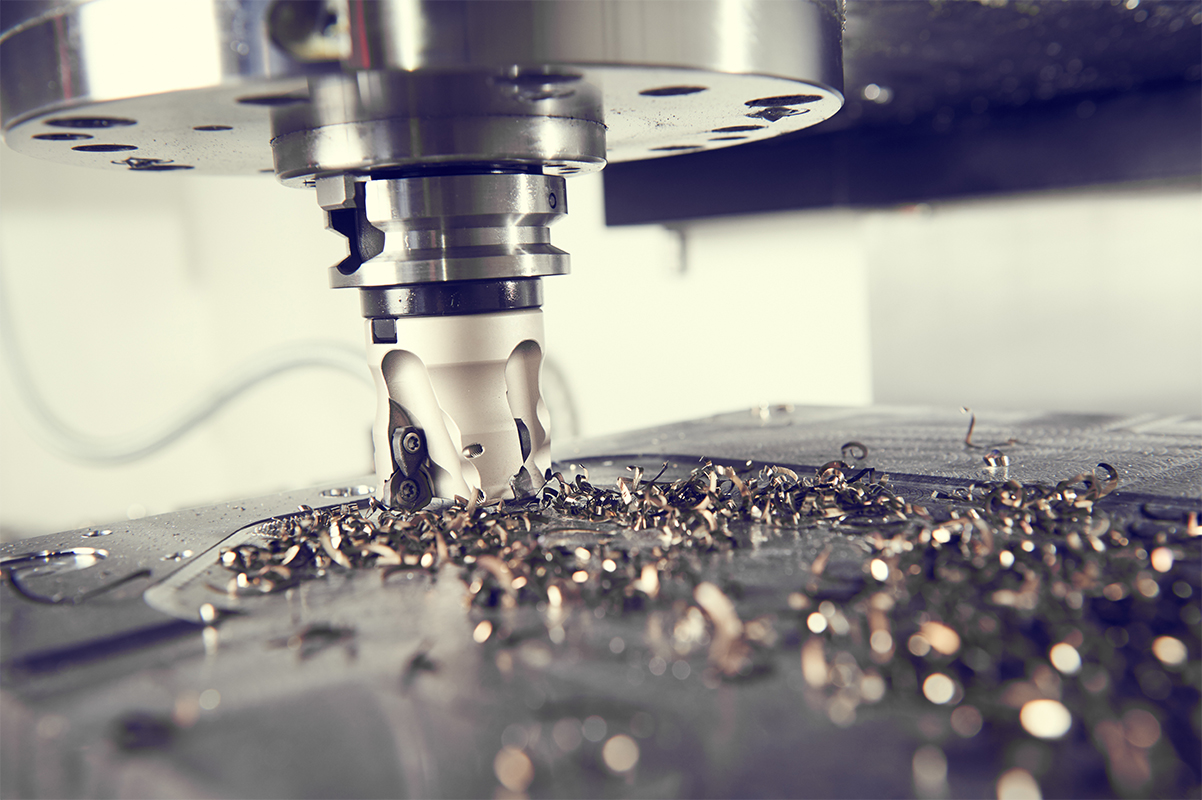Machining Technology Basics
Machining technology - The introduction
1. Introduction CNC machine
2. Materials used in machining
3. Procedure: Turning
4. Procedure: Milling

1. Introduction CNC machine
Nowadays, modern machines are controlled by CNC, i.e. Computerized Numerical Controland usually consist of a combination of translational and rotational axes.
CNC is a numerical control system built using microprocessors. The advantage of microprocessors are high computing frequencies, which are sufficient for controlling several machine axes with the highest precision. The predecessor of the CNC control was the NC control, i.e. Numerical Control, in which the production information did not come from programs of the machine control system, but had to be supplied via punched tape. Nowadays, CNC control is a standard in the industry, which can be found in all areas of production technology. The special feature of the CNC control is that several machine axes can be controlled simultaneously.
The performance range of a CNC machine depends on the make and application of the machine manufacturer.
2. Materials used in machining
The classification of materials in machining is based on six main groups:
- Steel
- Rust-free steel
- Grey cast iron
- Non-ferrous metals
- Heat resistant alloys
- Hardened steel
3. Procedure: Turning
This process belongs to the subtractive manufacturing processes. Here the cutting movement and the auxiliary movement (feed, infeed) are performed by the tool through the workpiece.
The following turning processes are distinguished:
- Facing
- Radial Turning
- Screw Turning
- Roller Turning
- Profile Turning
- Form turning
Click here to see our scope of services for turning.
4. Procedure: Milling
Milling also belongs to the subtractive manufacturing processes, but unlike turning, the machining is carried out using a multi-blade tool. Depending on the model and manufacturer, either the tool performs the cutting movement and the workpiece or machine table performs the feed movement, or the tool performs both the cutting movement and the feed movement.
The following milling processes are distinguished:
- Face Milling
- Circular milling
- Screw Milling
- Roll Milling
- Profile milling
- Form milling
